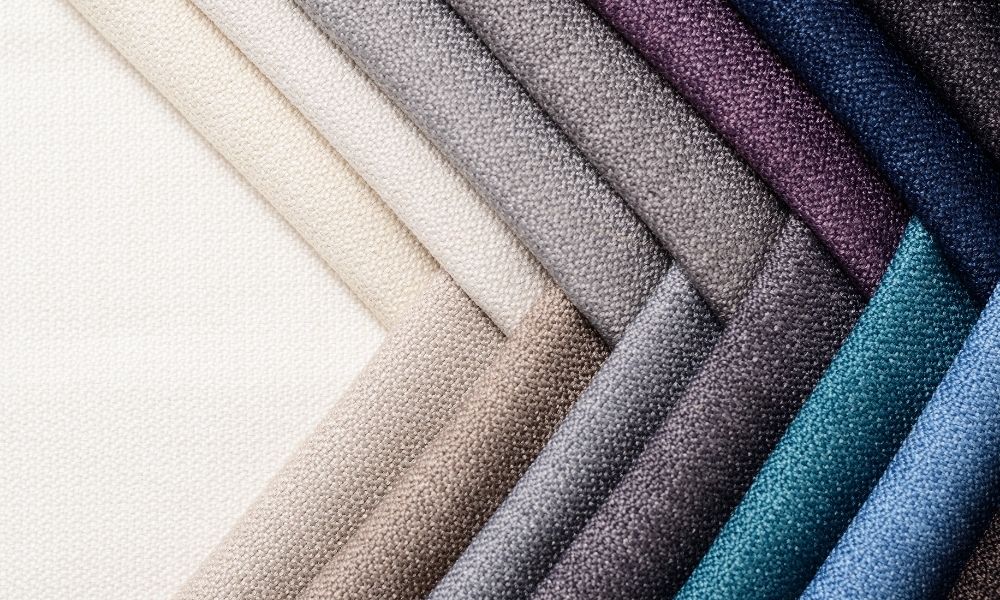Several common problems can occur with leather upholstery, including cracking, fading, and staining. To solve these problems, you can try the following:
Cracking: To prevent cracking, keep your leather upholstery out of direct sunlight and away from heat sources. To repair cracks, apply a leather conditioner or repair kit to the affected area.
Fading: To prevent fading, keep your leather upholstery out of direct sunlight. To restore the color of faded leather, use a leather dye or paint specifically designed for use on leather.
Staining: To prevent staining, clean spills immediately and protect your leather upholstery with a stain-resistant spray. To remove stains, use a leather cleaner or a solution of mild soap and water. Be sure to test the cleaner on an inconspicuous area first to ensure it does not damage the leather.
General Care: Regular cleaning and conditioning are important to keep the leather looking good. Clean it with a damp cloth and then dry it with a dry cloth. Leather conditioners can be used to keep the leather supple and prevent it from cracking.
It is always recommended to follow the manufacturer’s instructions when using any leather care products.
Brilliant Ways to Use Leather upholstery
Furniture: Leather upholstery is often used on sofas, chairs, and ottomans to add a classic and sophisticated look to a living room.
Car interiors: Leather is a popular choice for car seats and steering wheel covers because it’s durable and easy to clean.
Clothing: Leather jackets, pants, and skirts are a fashion staple and add a touch of edge to any outfit.
Accessories: Leather belts, wallets, and handbags are popular accessories that are both functional and stylish.
Footwear: Leather shoes and boots are durable and versatile.
Home decor: Leather can also be used to make pillows, wall hangings, and other decorative items for the home.
Office: Leather-bound journals and desk accessories can add a touch of elegance to a home office or workspace.
Home Theater: Leather recliners and sofas can make a home theater room look and feel more luxurious.
Problems Everyone Has With Leather upholstery
Some common problems people have with leather upholstery include:
Staining: Leather is prone to staining from spills and other accidents.
Scratching: Leather can be easily scratched, which can be unsightly and difficult to repair.
Fading: Leather can fade over time due to exposure to sunlight and other environmental factors.
Cracking: Leather can crack or dry out over time, which can make it look worn or aged.
Maintenance: Leather requires regular cleaning and conditioning to keep it looking its best.
Cost: Leather upholstery is often more expensive than other materials, such as fabric.
Allergic Reactions: Some people may have allergic reactions to the chemicals used to treat leather.
Temperature sensitivity: Leather can be sensitive to temperature changes and can become uncomfortable to sit on during hot or cold weather.
Stiffness: Leather may feel stiff when new, but it will soften over time with use.
Limited Color and pattern choices: Leather is limited in color and pattern choices as compared to fabrics.


